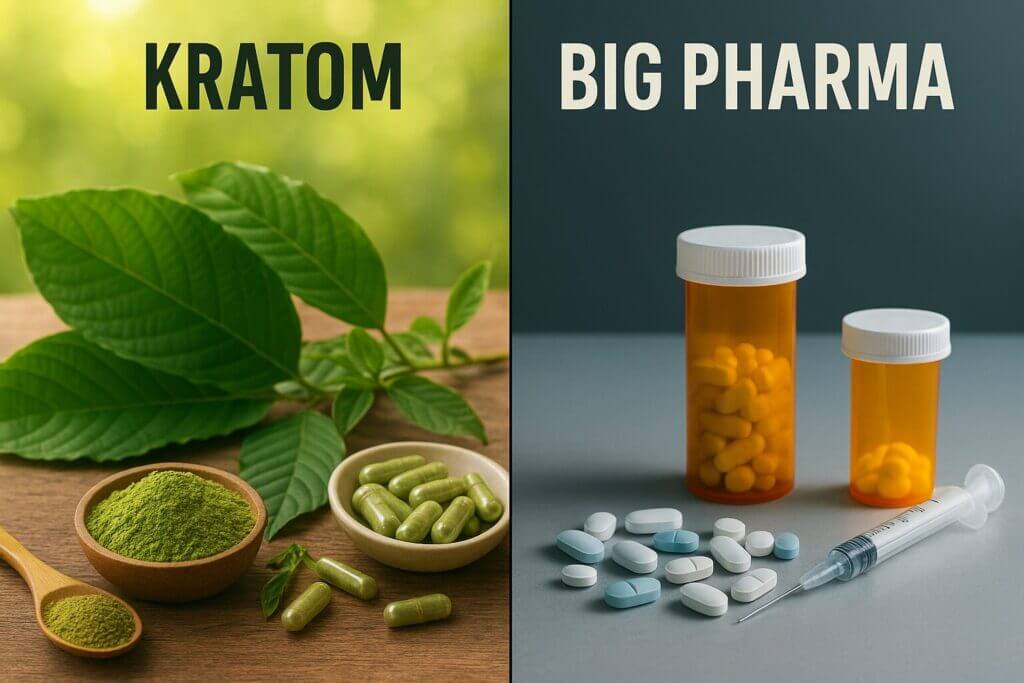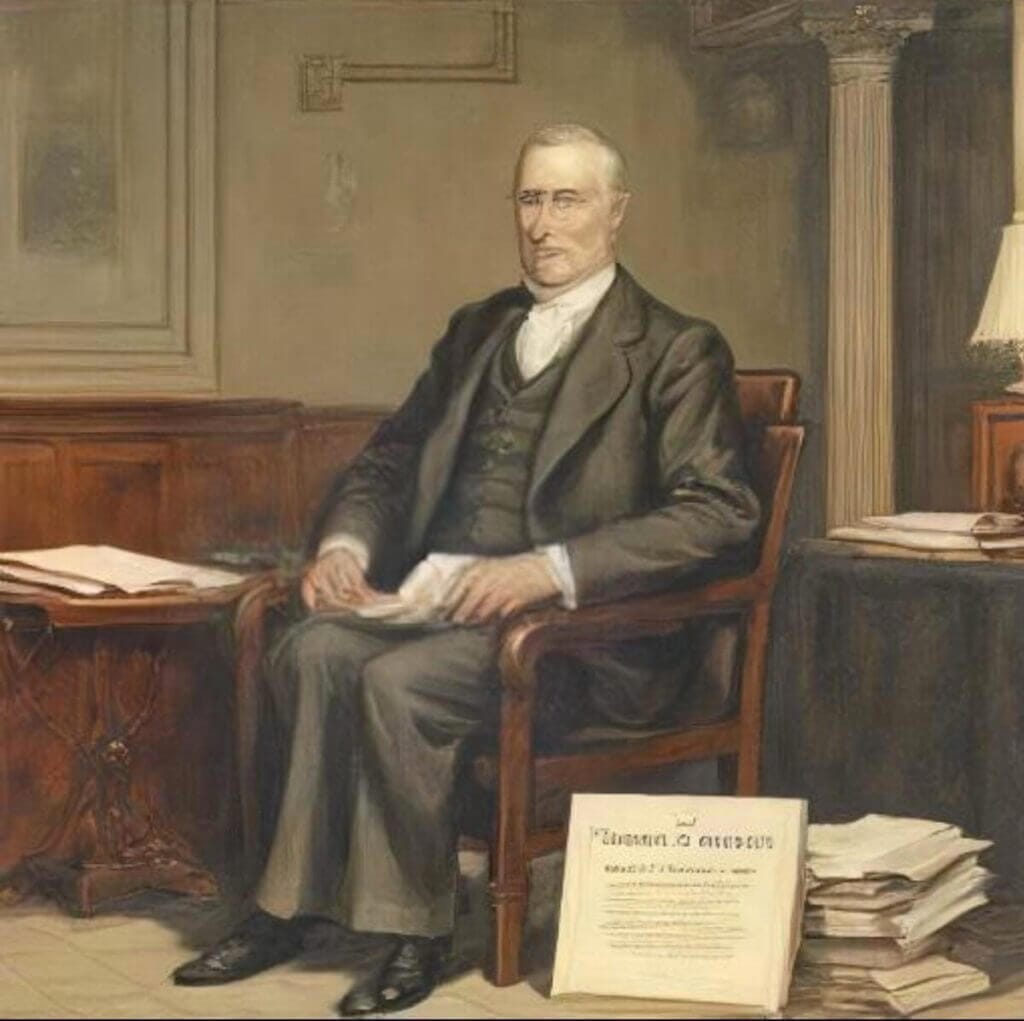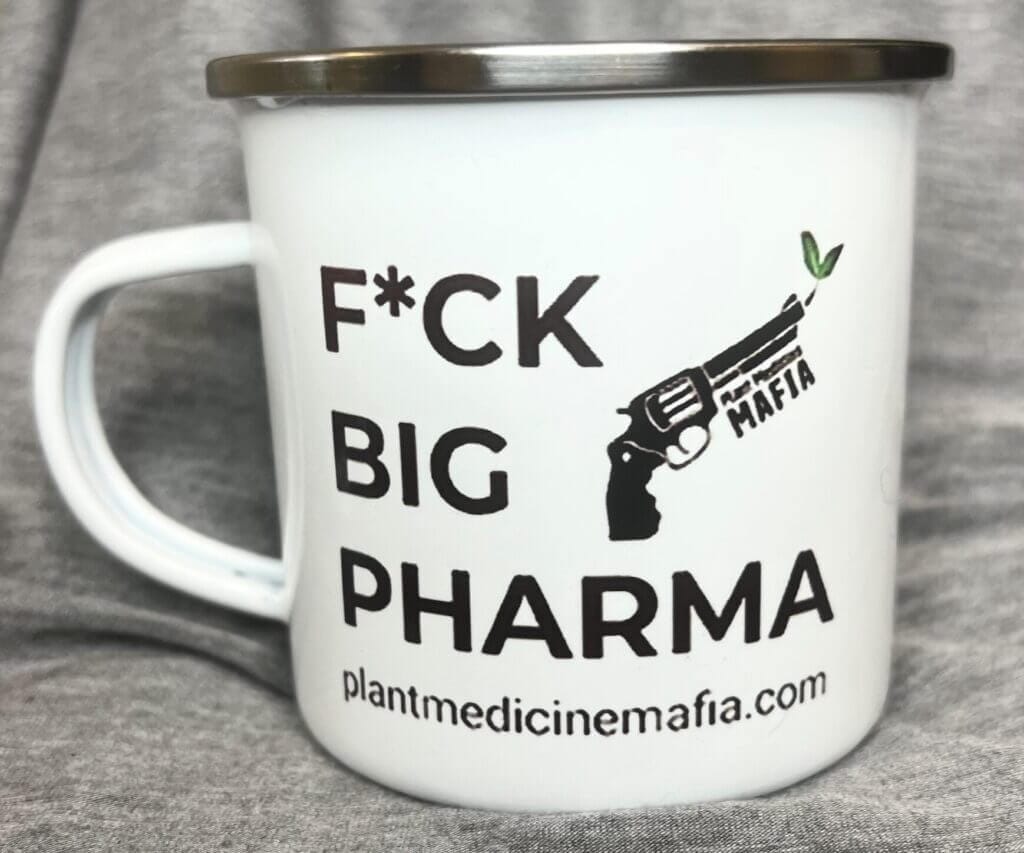Kratom vs big pharma is the topic for today. Why was kratom demonized by the opiate trade?
Kratom’s association with the opioid trade and the subsequent demonization of the substance is an interesting topic, and it has to do with both economic and political factors, as well as the potential for kratom to be seen as a threat to the opioid industry. Here are some key points that help explain why kratom has been demonized:
1. Kratom as a Natural Alternative to Opioids:
Kratom is a plant that has been used in Southeast Asia for centuries for its stimulant and opioid-like effects, especially in pain management and as an alternative to stronger opioids. It can produce effects similar to both stimulants and opioids, depending on the dose, and has been shown to help with opioid withdrawal symptoms. This could pose a threat to the multibillion-dollar opioid industry, particularly if people started turning to kratom as a safer, more natural alternative.
Kratom vs Big Pharma.
Big Threat to Big Pharma: The pharmaceutical industry, which produces prescription opioids (like oxycodone, hydrocodone, and morphine), could view kratom as a competitor. If people started using kratom instead of prescription opioids, it could reduce their market share and profits. This may contribute to efforts to demonize the substance and push for regulation or bans.
2. The War on Drugs and Stigma Around “Unregulated” Substances:
Kratom is not FDA-approved and is not regulated by the government. In a society where drug regulation is tightly controlled, any substance that doesn’t fall under the same rules as pharmaceutical drugs or has the potential to be used recreationally (or in ways other than prescribed) is often viewed with suspicion.
Kratom vs Big Pharma and the battle for awareness.
Association with the Opioid Epidemic: Because kratom can have opioid-like effects, it is often lumped together with substances that have a history of abuse. There has been media coverage linking kratom to opioid use disorder, and even though kratom is not physically addictive in the same way that opioids are, this connection feeds the narrative that it is just another dangerous, uncontrolled substance.
3. FDA and Government Regulation:
The U.S. Food and Drug Administration (FDA) has taken a strong stance against kratom, citing concerns about safety, the lack of controlled studies on its long-term effects, and reports of potential abuse. The FDA has raised alarms about kratom being an unregulated substance, leading to a demonization of its use. However, some critics argue that the FDA’s actions may also be influenced by political and economic factors, particularly lobbying from pharmaceutical companies that profit from the opioid crisis.
Opposition to Independent Health Choices…kratom vs big pharma: Many people in the kratom community argue that the push for regulation or banning kratom stems from a desire to protect pharmaceutical companies rather than to protect public health. Kratom advocates claim that it is an important tool in combating opioid addiction and that it can be used safely when taken responsibly.
4. Media Sensationalism and Misunderstanding:
Some of the negative perception of kratom has been fueled by sensational media coverage, which often highlights isolated incidents where people have had adverse reactions to the substance. While adverse reactions or misuse can occur with any substance, these cases have sometimes been used to paint kratom as a dangerous drug, despite the fact that evidence supporting widespread harm is limited.
Kratom vs Big Pharma & the Lack of Scientific Consensus: While there is a growing body of research on kratom, many studies are still inconclusive or not yet widely accepted. The lack of definitive, peer-reviewed research contributes to the uncertainty surrounding kratom’s safety profile, which further fuels fears and leads to its demonization.
5. Political and Economic Interests:
The opioid epidemic has been a major issue in recent years, and many politicians and interest groups are heavily invested in combating it. The pharmaceutical industry, doctors, and law enforcement agencies are all deeply involved in the conversation about how to address opioid abuse. Because kratom is largely unregulated, it has become a target for those who want to ensure that only government-regulated and medically approved treatments (like prescription opioids) are available.
A Threat to the Status Quo: As an affordable, potentially effective solution for those struggling with opioid addiction, kratom could be viewed as a threat to the conventional systems of treatment. If kratom were to become widely accepted as an alternative to opioids or other prescription drugs, it could undermine the established medical and pharmaceutical practices that many have relied on for years.Kratom vs Big Pharma saga continues.
6. Kratom’s Association with the Black Market:
In places where kratom is banned or restricted, it has sometimes been sold through illicit channels, which adds to its negative stigma. The black-market trade of kratom can be seen as further evidence that the plant is dangerous or illicit, even though it’s legal and sold in regulated markets in other countries.

Kratom vs big pharma:
The demonization of kratom is a complex issue, influenced by economic, political, and social factors. Its potential as a natural alternative to opioids poses a challenge to the pharmaceutical industry, and its unregulated status has contributed to concerns about safety and misuse. Additionally, the way kratom has been portrayed in the media and by government agencies has further fueled its negative reputation.
At the same time, supporters of kratom argue that it has a valuable role to play in opioid withdrawal treatment and in providing an alternative to prescription painkillers, which are highly addictive and responsible for countless overdose deaths. The conversation around kratom remains highly polarized, with both advocates and opponents continuing to push their perspectives.

Is there a word for kratom to substitute on social media platforms in order to avoid being banned. Article titled: Kratom vs Big Pharma.
Yes, some people who use kratom on social media or online forums do use “coded” language or “alternative terms” to avoid detection or potential bans, especially on platforms that have strict policies about drug-related content. However, there isn’t a universal or standardized term for kratom specifically. Some of the commonly used “workarounds” or slang terms include:
1. “K” or “Krazy K”
Some people refer to kratom simply as “K” to avoid triggering filters that might pick up on the word “kratom.” Others might use “Krazy K” as a playful or coded reference.
2. “Mitragyna”
Kratom is derived from the plant Mitragyna speciosa, so some users refer to kratom by this scientific name, either in full or shortened to “Mitra,” to avoid detection.
3. “Leaf” or “The Leaf”
Since kratom comes from the leaves of the Mitragyna speciosa tree, some people simply refer to it as “leaf” or “the leaf” in conversation. For example, “I need to pick up some leaf” or “How’s the leaf working for you?”
4. “Green Powder” or “Green Tea”
Kratom is often sold as a powder, and because some of the strains are green (like Green Maeng Da), people may refer to kratom as “green powder” or “green tea,” particularly in the context of discussing its stimulant properties.
5. “Herbal Supplement” or “Natural Supplement”
Some users avoid using kratom’s name altogether by referring to it as an herbal supplement or natural supplement, which is a more general term that can sometimes fly under the radar of content moderators.
6. “Painkiller Alternative” or “Opioid Alternative”
When discussing kratom’s potential as a substitute for opioids, some users might use the term “painkiller alternative” or “opioid alternative” in place of kratom, especially in a harm-reduction context.
7. “The Plant”
Another general term that can be used is simply “the plant,” which is broad enough to be used for kratom without directly invoking the substance by name.
8. “Krat” or “Kratty”
Some users shorten “kratom” to “krat” or use playful versions like “kratty” as a slang term.
9. “Mitragynine”
Since mitragynine is one of the active alkaloids in kratom, some people might refer to it by this name instead of “kratom” itself, although this is a bit less common.

While these terms can help reduce the likelihood of content being flagged or removed by automated systems, there’s no surefire way to guarantee that posts won’t be censored, as social media platforms are constantly refining their algorithms and policies. Some platforms (especially Facebook, Instagram, and YouTube) have a particularly strict stance on anything that might promote substances that are considered drugs, even if they are legal in certain places.
If you’re discussing kratom online, it’s often a balancing act of using coded language while still being clear enough for the community to understand.

FUTURE BLOG TOPICS:
Kratom vs Big Pharma Part 2
Kratom vs Big Pharma Part 3
